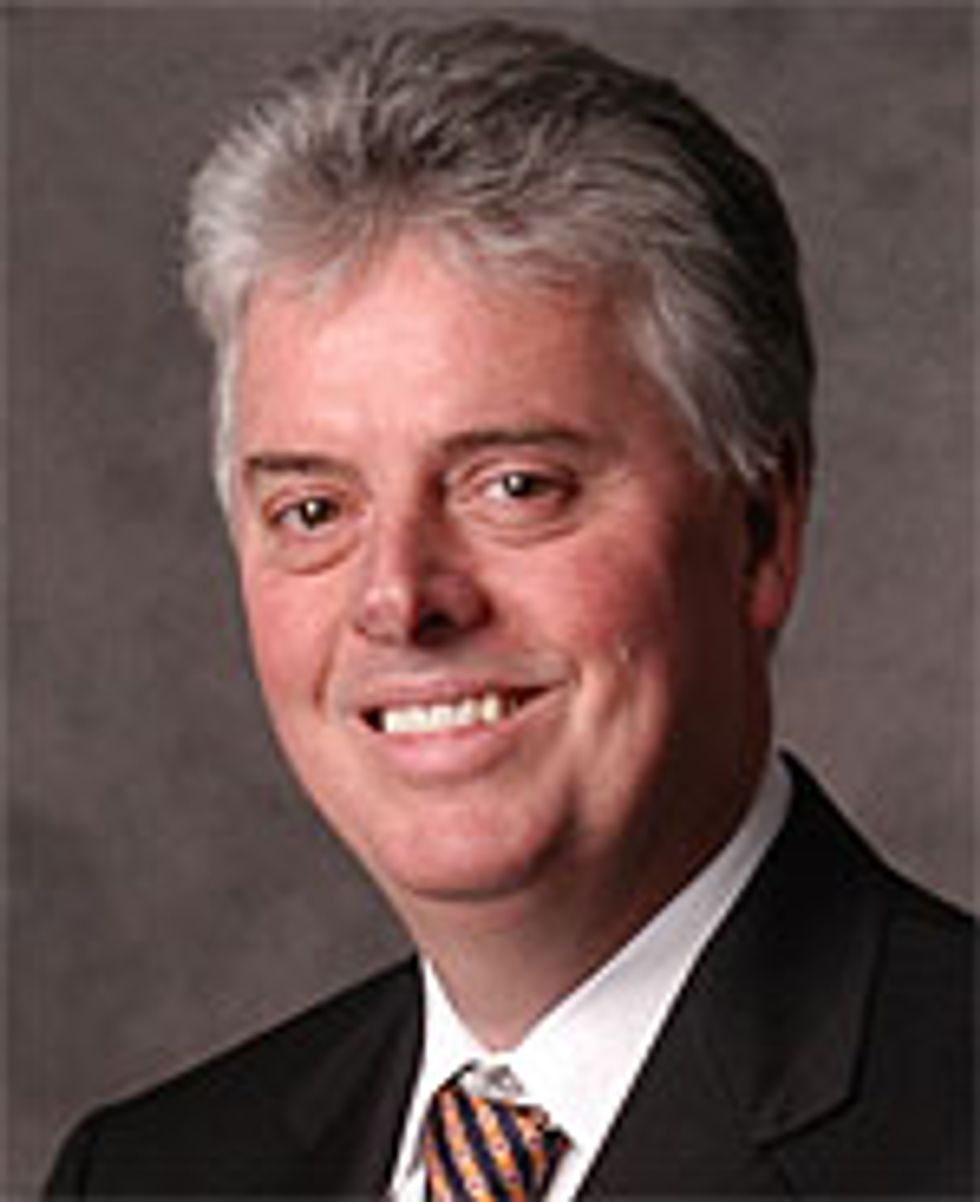14 April 2008—The practice of engineering is now a global enterprise, but engineering education in the United States is still very much a domestic product. Few U.S. engineering students spend any significant time abroad during college, even though their eventual careers may require them to collaborate with international clients or co-workers, or even to work in other countries.
Those two dissonant facts have prompted Rensselaer Polytechnic Institute, in Troy, N.Y., to begin requiring all of its undergraduate engineering students to spend some time overseas. The new initiative, which may be a first for an American engineering program, will start up in spring 2009 and will be phased in over several years, says Alan Cramb, Rensselaer’s dean of engineering. For the inaugural semester of the Rensselaer Engineering Education Across Cultural Horizons (REACH) program, Cramb would like to see about 150 students participate, but eventually nearly all of the school’s 3200 engineering undergraduates will be expected to study overseas. ”Going forward, this is part of their education,” Cramb says.
According to the Institute of International Education, less than 2 percent of U.S. college students now study abroad each year. Although that figure has been rising recently, it’s still much more common for humanities majors than for science or engineering students.
Part of the problem is that the engineering curriculum at most schools has a fairly rigid set of course requirements. It’s difficult to find other universities abroad that are offering just the right courses at the right time, says Mike Stipicevic, a junior in the electrical engineering department and chairman of Rensselaer’s IEEE student chapter. Of the few classmates he knows who studied overseas, he says, all were well ahead in their core courses by the time they left.
Most of the REACH students will attend universities that Rensselaer has set up partnerships with and that have similar course offerings, so that students can still fulfill degree credits while overseas, says Cramb.
Because students at Rensselaer are not required to learn a second language, the program is partnering with universities where English instruction is available. The first two REACH partners are the Technical University of Denmark and Nanyang Technological University, in Singapore, but more partnerships are in the works, Cramb says. Students from those schools will also be able to enroll at Rensselaer. ”Thermodynamics is the same whether you study it here or in Denmark,” he notes.
ALAN CRAMB
Renseselaer's dean of engineering.
Engineering departments at Rensselaer will also be looking at their course loads to make room in the curriculum so that students can spend the spring semester of the junior year abroad.
So far, Rensselaer engineering students seem to like the REACH program. ”Everyone I’ve talked to thinks it’s a good move,” says Stipicevic. ”I haven’t heard anyone complaining. Actually, I’m kind of disappointed they didn’t have it earlier so that I could’ve taken advantage of it.”
Cramb, a native of Scotland, hopes his students will experience the same kind of cultural awakening he himself went through when he moved to the United States in 1975. At first, he says, ”you only see the things that are different from your own culture. But after a while you start to appreciate that, day to day, the people you interact with have the same concerns as you, even though they may speak a different language or eat different food�. When you live in another country, you lose the fear of the unknown,” he says.
